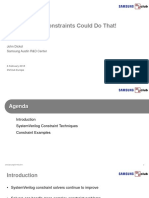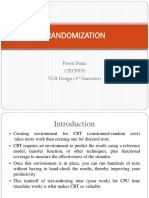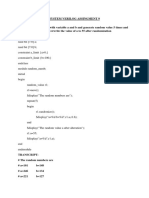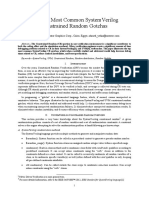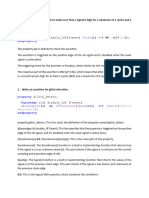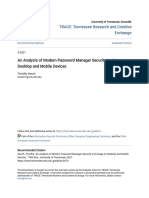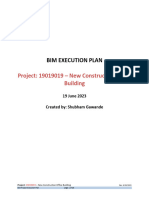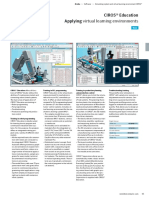0% found this document useful (0 votes)
42 views15 pagesSV Constraints
The document discusses constraints in SystemVerilog, highlighting their importance in defining valid ranges and relationships for random variables in constrained randomization. It outlines the need for constraints to generate realistic test scenarios, improve test coverage, and enhance test quality, while also detailing various types of constraints such as simple, distribution, conditional, and unique constraints. Each type of constraint is explained with examples to illustrate their application in randomization processes.
Uploaded by
Shaik RufiyaCopyright
© © All Rights Reserved
We take content rights seriously. If you suspect this is your content, claim it here.
Available Formats
Download as PDF, TXT or read online on Scribd
0% found this document useful (0 votes)
42 views15 pagesSV Constraints
The document discusses constraints in SystemVerilog, highlighting their importance in defining valid ranges and relationships for random variables in constrained randomization. It outlines the need for constraints to generate realistic test scenarios, improve test coverage, and enhance test quality, while also detailing various types of constraints such as simple, distribution, conditional, and unique constraints. Each type of constraint is explained with examples to illustrate their application in randomization processes.
Uploaded by
Shaik RufiyaCopyright
© © All Rights Reserved
We take content rights seriously. If you suspect this is your content, claim it here.
Available Formats
Download as PDF, TXT or read online on Scribd
/ 15






